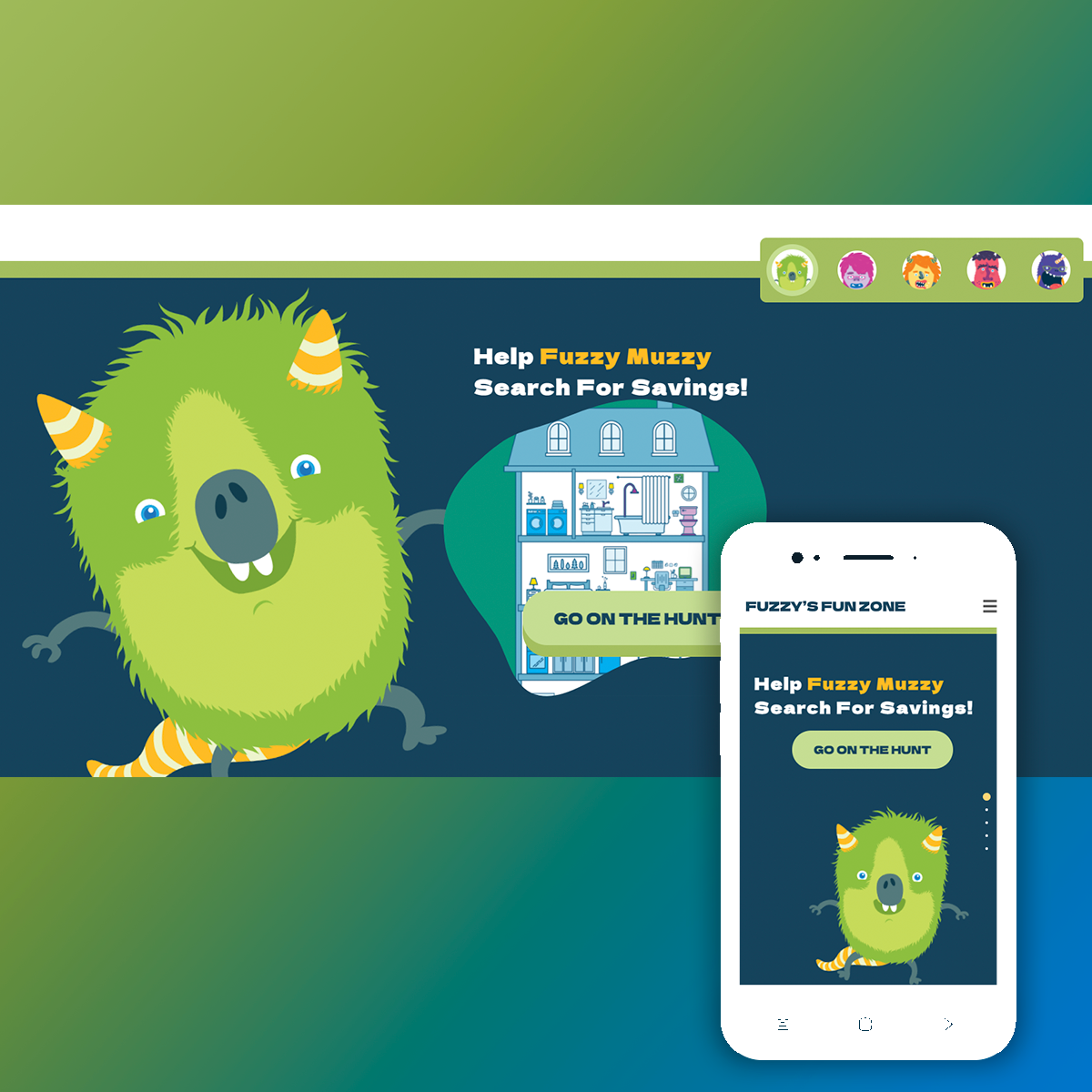
Meet Eddie Minaya
Problem Solver | Creator | Leader
👇👇 It’s hard to make a good impression with a resume
or a webpage, so let me introduce myself in this video 👇👇
Projects Highlights
CDC’s Know the Risks about E-cigarettes
Project Details
Audience
Primary Audience: Youths and young adults around the age of 12-19
attending middle school and high school.
Secondary Audience: Middle school and high school teachers,
parents, and guardians.
Strategy
Building a bright color, accessible website that is colorful and eye-grabbing sets it apart from government websites and makes it appealing and relevant for a young audience with visuals and content that they can relate to.
Brief project description
In 2018, I led the web design and front-end development of the CDC’s Know the Risks website, which outlined the facts about e-cigarettes. Budget and time didn’t allow for a photo shoot to get relevant photos, so we had to rely on stock photography and graphics to complete the project. To personalize and make it feel authentic, custom hand-drawn graphics were added throughout the website and were used with all print collateral, print, and digital materials.
Due to changes in the CDC’s leadership, the website was removed.
HIV.gov Positive Spin Website
Project Details
Audience
Primary Audience: African-American gay males who are HIV positive.
Strategy
To design a responsive, engaging, accessible website that provides video stories of real people telling their stories about how they live with HIV and to serve as a place to get resources for testing, care, treatment, and how to keep it under control.
Brief project description
I was part of the design process that led to the Webby Nominee website which features powerful and real messages from African-American men who are HIV positive. We used a collection of colorful images and graphics to give the website a friendly feel and strategically added micro-interactions throughout the page to ensure engagement with all the website resources offered.
Award
2016 Webby Awards - Government & Civil Innovation 2016 (Websites and Mobile Sites)
Reasons why people stop going to their doctor’s appointments.
Some people miss medical appointments or stop going to care because they lack housing or transportation, making it hard to keep up with care. Talk about these issues with your HIV care team.

Spread your knowledge. Teaching what
you know has its rewards.— Eddie Minaya
Southern California Regional Energy Network Energy Monster Website
Project Details
Audience
Primary Audience: Young kids assisting middle school, teachers, and educators.
Strategy
To build a web experience that taught and help learn kids in middle school learn about energy efficiency with interactive games.
Brief project description
Recently launched, I led the design and development of the Southern California Regional Energy Network (SoCalRen) interactive kids website. The website will teach kids about energy efficiency and how to start practicing at home. Each teacher in participating counties will get kits that will include energy efficiency items that the students can take home and install with their parents. The website will review the upgrades done at home with the student, and when completed, it will unlock new games. Teachers that meet specific goals will get a grant to use for their classroom.
Texas Department of Transportation ConnectSmart App
Project Details
Audience
Primary Audience: Houston commuters that travel via public transportation, carpool, or self occupancy.
Strategy
To build a brand that represents Texas, specifically the Houston area, and that represents the cutting-edge technology provided by the mobile application.
Brief project description
I was the lead and the leading designer to develop a new look and feel brand for the ConnectSmart mobile application to serve the Houston, Texas, region. The mobile app helps guide users to find the shortest commuter route with live data coming from the Texas Department of Transportation, among other functions that make local travel more accessible and accurate. The look and feel included a logo, color palette, typography, and image styles applied to all collateral marketing materials and the mobile application.
The app is currently available in the iTunes and Google Play stores.
CDC’s Viajo sin Zika Campaign
Project Details
Audience
Primary Audience: Hispanic Americans from Puerto Rico, the Dominican Republic, and Mexico who travel back to their country of origin to visit their family and friends.
Strategy
I led this behavioral change campaign targeted to a specific Hispanic-American audience to help them understand the risks of contracting Zika in their countries of origin and educate them on what they can do and take to protect themselves from contracting it.
Brief project description
This campaign was released close to the end of the year holidays when travel increased to these Latin American countries. At that time, Puerto Rico, the Dominic Republic, and Mexico were at the highest risk of contracting Zika, so educating the audience to change their behavior was the primary goal. The campaign had to resonate with our audience on a cultural and language level, so using the key visuals and identifying the right tactics were crucial.
Award
Phoenix Awards
PRSA Georgia Chapter · Nov 2019
National Diabetes Prevention Program
Hispanic Heritage Month Materials to promote Diabetes Prevention
Project Details
Audience
Primary Audience: Health organizations, non-profits, and health partners around the United States that assist local communities in educating about the risks of Type 2 Diabetes.
Strategy
To create a visually appealing campaign that will appeal to the Hispanic community. Create digital assets that will accommodate the organization’s print and digital marketing tactics.
Brief project description
With Hispanic Heritage Month being prominent and celebrated across the Hispanic community, I led the design and development of marketing materials that included posters, videos, and social media graphics that fit different organizations. The creation needed to appeal to the Hispanic audience, so color, vibrancy, celebration, and proper photography needed to be selected to represent this specific audience. Final deliverables include customizable posters and social media assets, along with videos in English and Spanish.
National Diabetes Prevention Program
Animated Testimonial Videos
Project Details:
Audience
Primary Audience: Health organizations, non-profits, and health partners around the United States that assist local communities in educating about the risks of Type 2 Diabetes.
Strategy
Collect testimonials from people going through the National Diabetes Prevention Program and tell their stories with motion graphics for social media use.
Brief project description
CDC had a collection of interviews done in English and Spanish over the phone with people who had gone through the National Diabetes Prevention Program, telling their stories of why they joined the program and the positive outcome of joining. The project included taking those testimonials and telling their story with photos and motion graphics to make it fun to listen, follow the stories better, and do it concisely since these assets would be created for partners to share in their social media channels. It was a way to validate the program with real stories from real people.
Awards
Silver Winner – 2d Animation
Bronze Winner – Non-broadcast motion graphics and design
Office for Victims of Crime (OVC)
Grant Application Explainer Videos
Project Details
Audience
Grant applicants are looking for funding for their organizations fighting against human trafficking.
Strategy
The overall strategy was to take lengthy training videos created for grant applicants that explained the process of applying for one of these grants and simplify them in a series of videos to make it easier to understand this complex process. The job these organizations do, to fight against human trafficking, is life-changing. Still, the grants they rely on to fund their organizations are so complex that applications are often left incomplete.
Brief project description
With a series of animated videos, the chore messages of each video were taken and made into short videos that allowed us to understand the grant application process and to answer the questions that came up during this process. The short videos will be shown on the OVCHTC’s website and also used on social media.


















